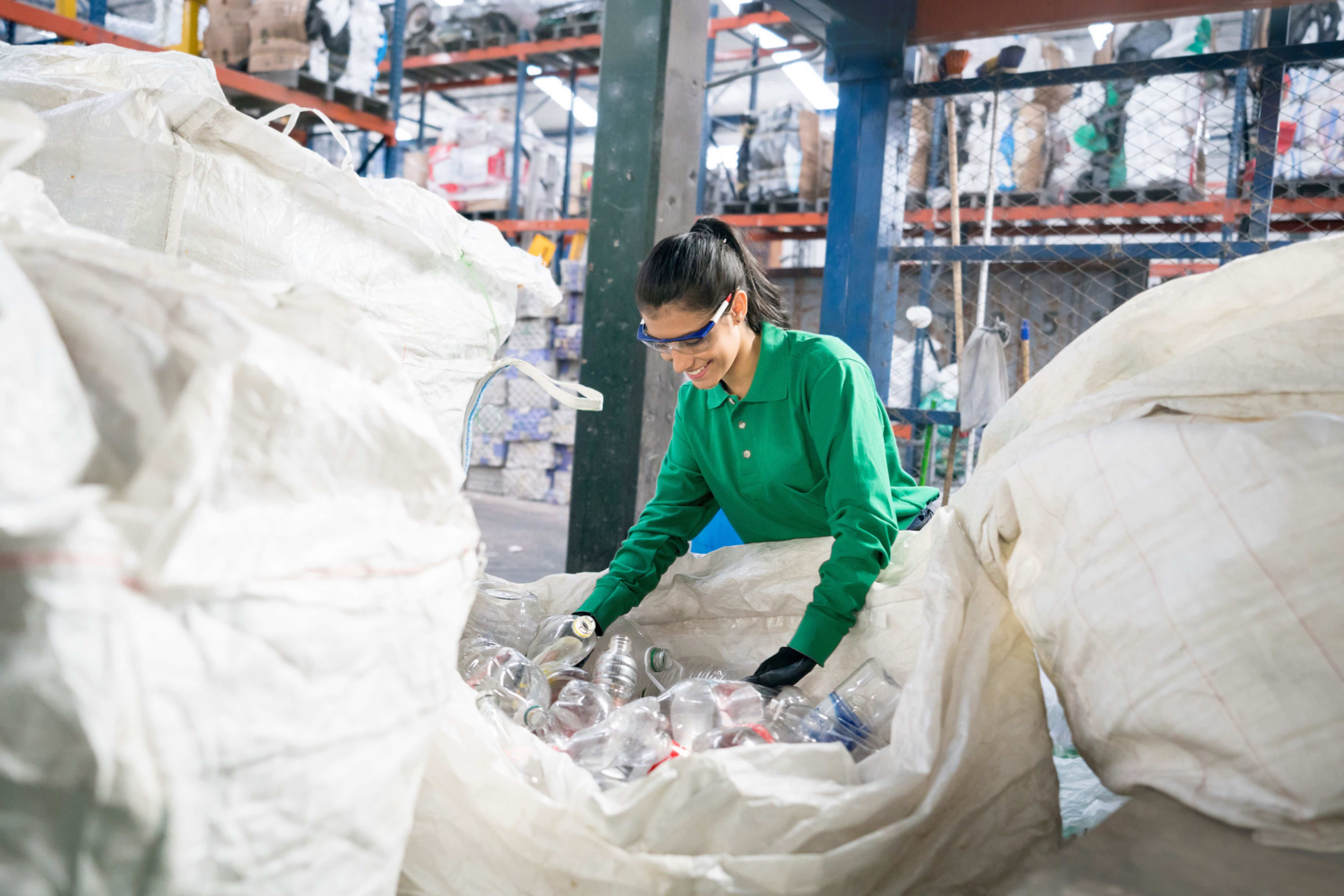
Latest information

Circular economy, a strategic challenge for SMEs
Used paper and cardboard to manufacture new products, recycling of old tyres, agroforestry waste or wastewater to produce energy. In today's society, waste becomes a resource. The circular economy is a production and consumption model based on the premise of reusing, repairing, renewing and recycling existing materials and products as many times as possible to create added value.
Minimising waste and reusing it once the product reaches the end of its useful life are key in this process. In this way, the life cycle of products is extended over time and waste can be returned to the market in the form of new products.
Circularity represents an opportunity for the productive fabric, not only in the case of large companies, but also for innovative SMEs. The flexibility afforded by their size is an advantage when it comes to positioning themselves as creators of solutions to reintroduce waste as a valuable resource in the marketplace.
Advantages of the circular model
In addition to protecting the environment and focusing on sustainability, companies based on the principles of the circular economy benefit from other important advantages.
- Profitability. The reduction, reuse and recycling of materials allows them to save costs in their production processes.
- Reputation. Customers and consumers are increasingly opting for companies that are aware of their corporate social responsibility, which is why circularity represents an additional added value in terms of image and reputation.
- Competitiveness. Circular economy models are characterised by the use of innovative technologies and processes, which imply a competitive advantage in the market.
Innovation priorities in the circular economy
Where to start? The Innovation Notebook focused on circular economy prepared by the Galician Innovation Agency within the framework of the Programme to Promote Innovation in SMEs, highlights three priorities that a small and medium-sized company should take into account when starting to introduce the concepts of circular economy in its production process.
- Analyse and become aware of the assets that the SME discards in its traditional production process and rethink the model towards circularity, identifying opportunities and exploring ways of transition between them.
- Develop new relationship and business models among the different agents with which the SME is related to in its production process.
- Innovate in technological solutions that allow them to discover, develop or modify conventional production and consumption processes.
Actions to improve the circularity of a product will have a greater impact if they are introduced in the conception and design phase, hence the importance of backing innovative and sustainable materials from the beginning, such as those catalogued by the Materioteca de Galicia.
Boosting the circular economy
Within the framework of the Galician Circular Economy Strategy 2020-2030, the Regional Government of Galicia activated this year a new call for applications for grants to promote the circular economy among the Galician productive fabric, seeking to improve the competitiveness of SMEs and the self-employed by promoting new processes and more efficient consumption. The programme, with a budget of 1.5 million euros, focused on promoting new circular business models by optimising resources, reducing the consumption of raw materials and making the most of waste.